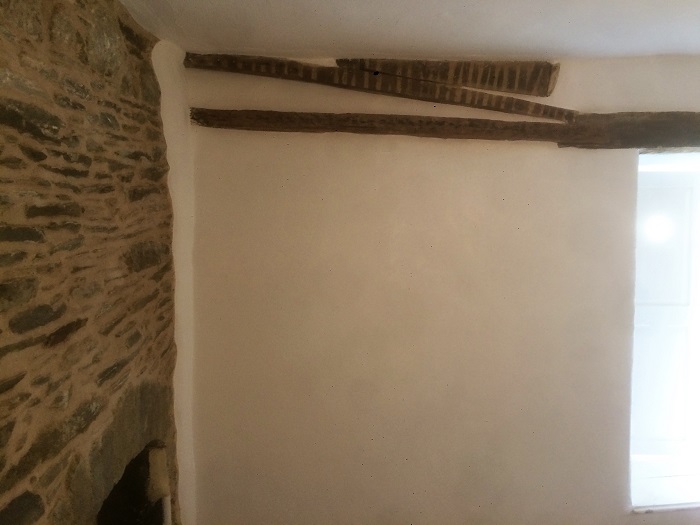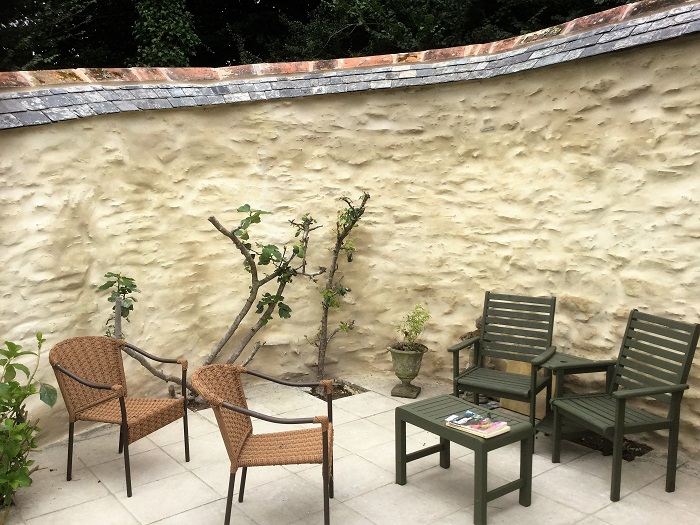During the 18th and 19th centuries, the production of Lime was an important trade in coastal villages around Cornwall.
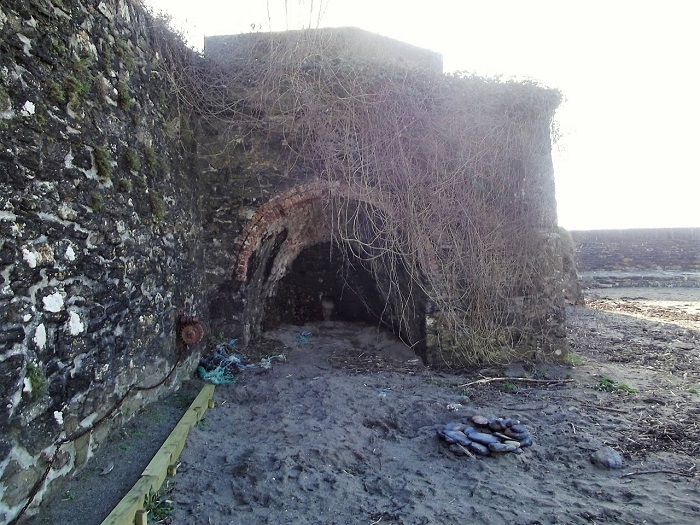
Lime Kilns in Cornwall
The process of Lime burning was undertaken in Lime Kilns, the majority of which were located on the coast. The location of the Kilns was important as they had to be easily accessible for the delivery of coal, which took place by sea.
Lime Kilns were used to heat Limestone to high temperatures in air oxygen (calcination) to produce Quick Lime.
Many of the Lime Kilns in Cornwall can still be found today, one of which is located at Polkerris Beach, Cornwall.
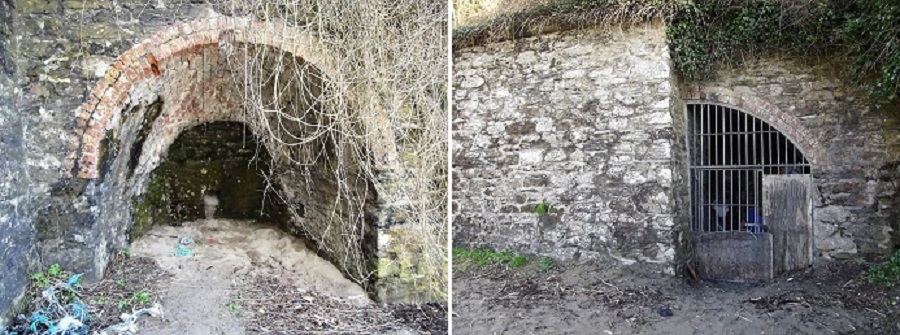
This Lime Kiln was built in 1827 and was no longer in use by the start of World War 2, at which point a Pillbox (Guard House) was constructed above it.
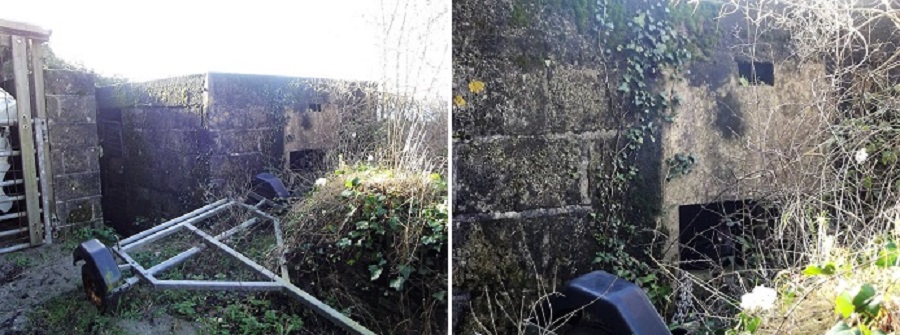
Lime Burning in Cornwall
The process of Lime burning commenced with the crushing of Limestone. This was built up on grate bars in the Kiln in dome-shaped layers of Limestone and wood or coal. A fire was lit at the base of the Kiln which gradually spread upwards. When Lime burning was complete the Lime was cooled and raked out at the base. It wasn’t unusual for this process to take a week from start to finish.
Uses of Lime in Cornwall
As Cob and Lime Specialists in Cornwall, Lime is a material that we, Leslie Cornell Building Restoration Ltd, use on a daily basis.
In historic buildings in Cornwall it is extremely important their walls, both internally and externally, are able to breathe and our Lime applications facilitate this crucial function.
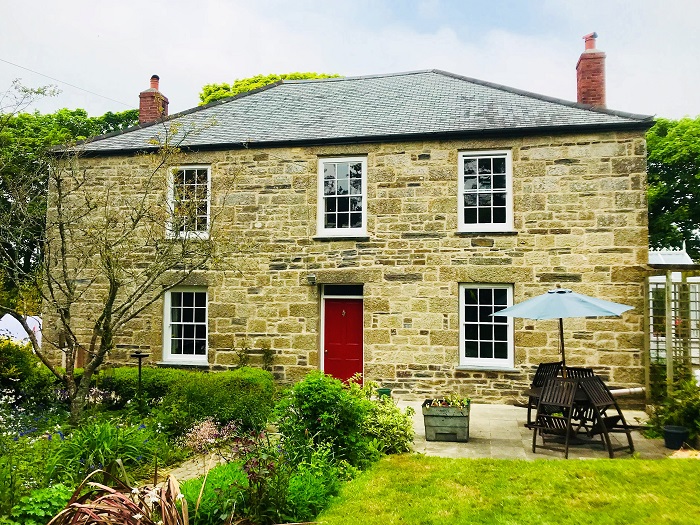
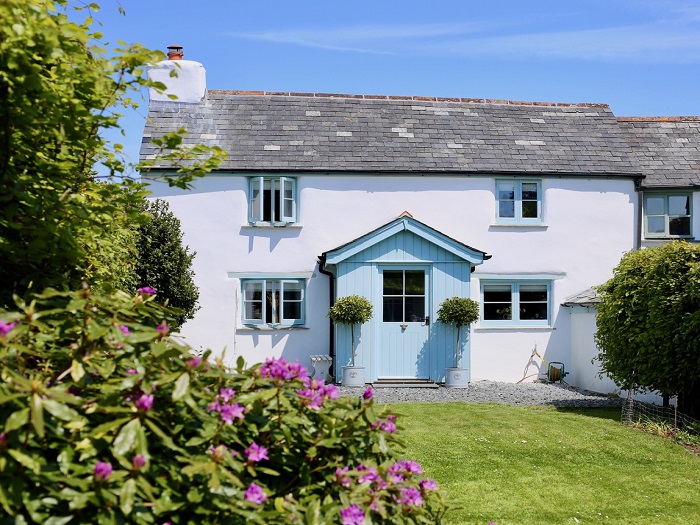
If you have a project that you would like to discuss, please Contact Us.
Lime Specialists Cornwall – Lime Applications Cornwall – Lime Pointing Cornwall – Lime Rendering Cornwall – Lime Plastering Cornwall – Lime Bag-rub Cornwall

